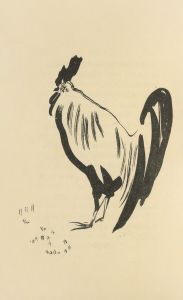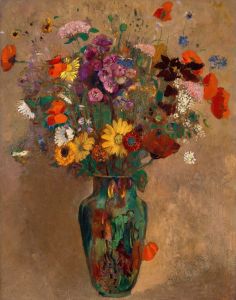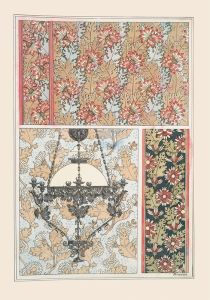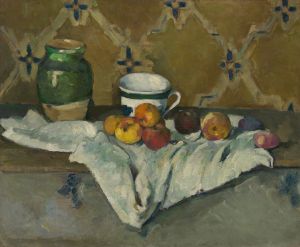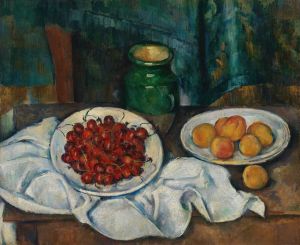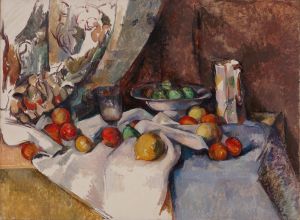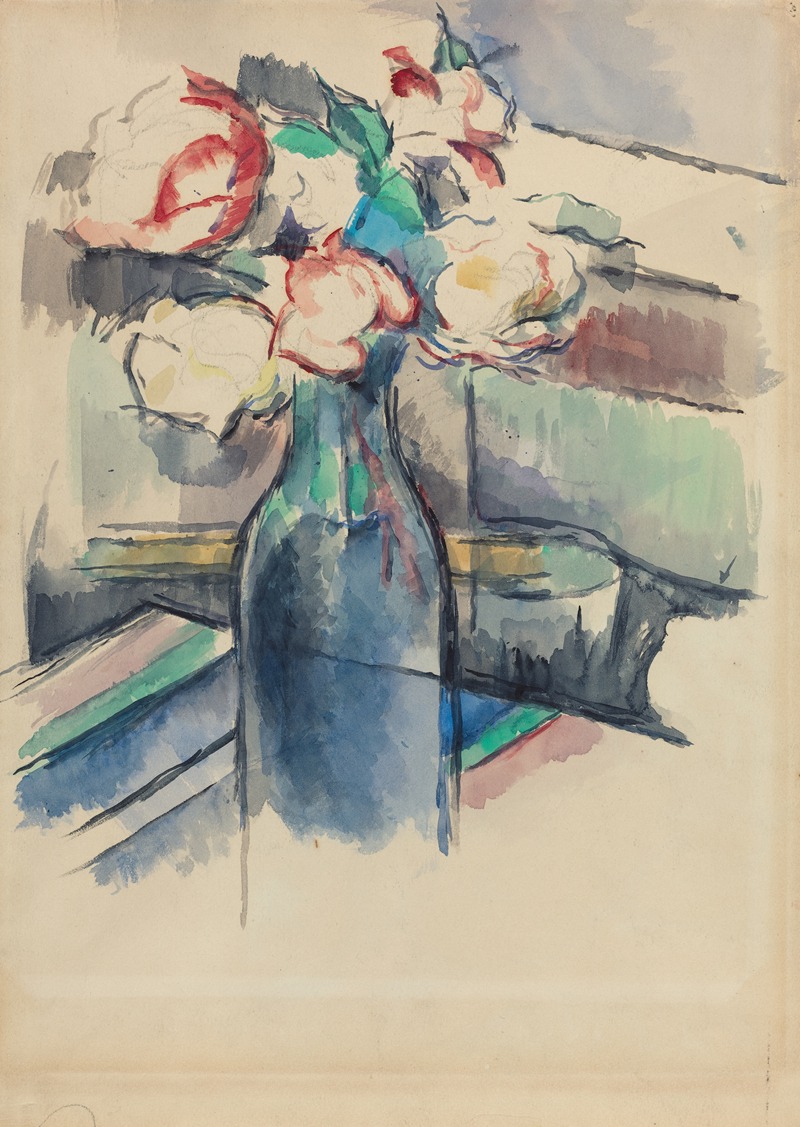
Roses in a Bottle
A hand-painted replica of Paul Cézanne’s masterpiece Roses in a Bottle, meticulously crafted by professional artists to capture the true essence of the original. Each piece is created with museum-quality canvas and rare mineral pigments, carefully painted by experienced artists with delicate brushstrokes and rich, layered colors to perfectly recreate the texture of the original artwork. Unlike machine-printed reproductions, this hand-painted version brings the painting to life, infused with the artist’s emotions and skill in every stroke. Whether for personal collection or home decoration, it instantly elevates the artistic atmosphere of any space.
"Roses in a Bottle" is a still life painting by the renowned French artist Paul Cézanne. Cézanne, a pivotal figure in the transition from 19th-century Impressionism to 20th-century Cubism, is celebrated for his unique approach to form and color, which laid the groundwork for the modern art movement. Although specific details about "Roses in a Bottle" are limited, it is consistent with Cézanne's broader body of work, which often explored the themes of nature and the interplay of light and shadow.
Cézanne's still lifes are characterized by their meticulous composition and the artist's distinctive brushwork. In "Roses in a Bottle," Cézanne likely employed his signature technique of building form with color, using small brushstrokes to create a complex surface texture. This method allowed him to explore the dimensionality of objects and their spatial relationships within the composition. The painting would typically feature a simple arrangement of roses placed in a bottle, emphasizing the natural beauty of the flowers and the transparency of the glass.
Cézanne's approach to still life was revolutionary for its time. Unlike many of his contemporaries, who focused on capturing fleeting moments and the effects of light, Cézanne was more interested in the underlying structure of objects. His still lifes often exhibit a sense of stability and permanence, achieved through careful arrangement and a deliberate use of color. This focus on form and structure is evident in "Roses in a Bottle," where the interplay of shapes and the balance of the composition reflect Cézanne's deep engagement with the subject matter.
The artist's choice of subject matter in "Roses in a Bottle" aligns with his broader interest in everyday objects and natural forms. Cézanne frequently returned to similar themes throughout his career, finding endless variation and complexity in seemingly simple subjects. His still lifes are noted for their ability to convey both the physical presence of the objects depicted and a sense of timelessness.
Cézanne's influence on subsequent generations of artists cannot be overstated. His innovative approach to form and color inspired many of the early 20th-century avant-garde movements, including Cubism and Fauvism. Artists such as Pablo Picasso and Henri Matisse acknowledged Cézanne's profound impact on their work, often citing his still lifes as a crucial source of inspiration.
While specific details about "Roses in a Bottle" are scarce, the painting is a testament to Cézanne's enduring legacy as a master of still life. His ability to transform ordinary objects into subjects of profound beauty and complexity continues to captivate audiences and inspire artists worldwide. Through works like "Roses in a Bottle," Cézanne's contribution to the evolution of modern art remains both significant and enduring.





